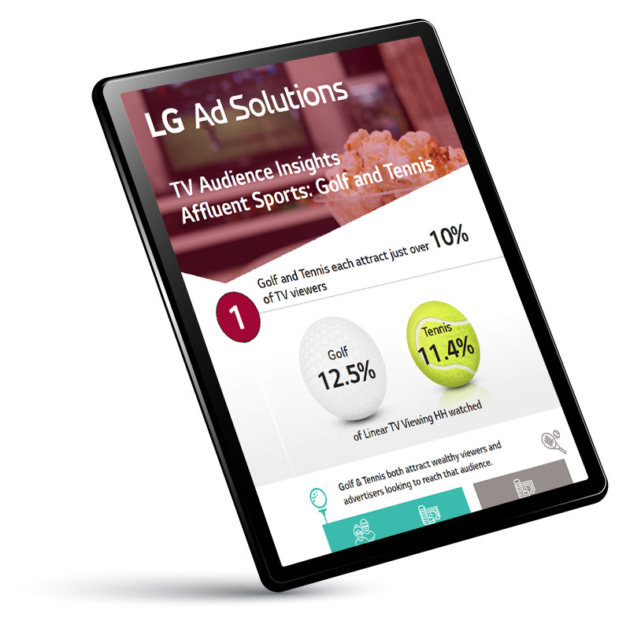This report analyzes TV viewing behavior for golf and tennis fans. Where else can you pinpoint this audience across the TV universe? Who are the top advertisers for these sports? Discover actionable insights for reaching this highly affluent audience across linear TV and OTT services. Download the report to learn more.
